Cold Email in 2025: What Works, What Doesn’t
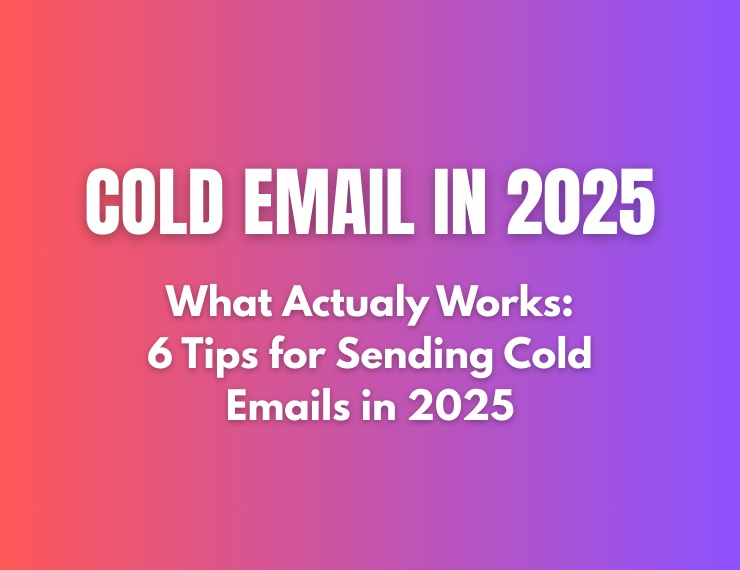
The rise of AI-driven inbox filters has dramatically changed the engagement rules. Today, sending cold emails turned out to be harder than ever. If you are relying on the same old templates and automations, you're far from making it to the inbox.
The days of setting and forgetting are long gone. Actually, the most important rule for sending cold emails in 2025—is to think strategically and make an effort! But don't worry; Specialist.email is here to teach you how to do it simply.
#1 Use a multichannel strategy to maintain a competitive edge.
Back then, you could earn millions just by using a single email channel. But today, in 2025, you must adopt a multichannel approach that aligns with the preferences of your recipients.
As your clients jump from one channel to another and leave their digital footprints as a web interaction, you need to design a strategy to grab their attention.
To design a workflow for cold email sending, you need to consider something like this series of emails:
-
The first email should be friendly and personal, but not pushy.
-
If it didn't work, you can try sending them a brief message on social media, like LinkedIn. It doesn’t have to be formal—just something short and friendly to remind them.
-
If the person still doesn’t respond, one good strategy is to use retargeted ads. It’s a subtle way to remind them about your product or service without being too pushy.
-
If they’re still not getting back to you, you could try hitting them with some retargeted ads. It’s just a low-key way to pop back on their radar and remind them what you’re offering.
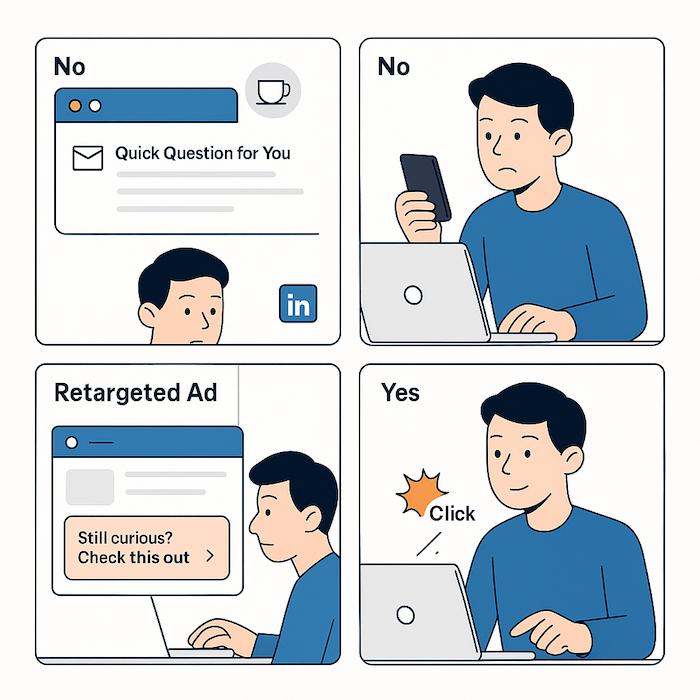
#2 Be Straight to The Point
In 2025, when it comes to cold emails, the rule is pretty simple: get to the point. People get tons of emails every day, and nobody has time to read a long one. Everyone’s super busy – your clients, and you too – so keeping it short and clear really shows you respect their time.
Long, wordy emails just don’t work anymore. What works now is being clear and brief. It’s kind of like giving someone a solid handshake—friendly, confident, and straight to the point, without dragging it out.
1. Start with one clear goal. What do you want them to do? Click a link? Book a call? Keep everything focused on that.
2. Use simple language. Write like you talk, not like a robot. Short sentences, no buzzwords.
3. Cut the intro. They don’t need “hope you’re well” — just say what you’re offering and why it matters to them.
4. Make it easy to skim. Use bullets, bold key points, and always end with a clear call to action.
The goal? Respect their time. Give them a reason to care, and a quick way to act.
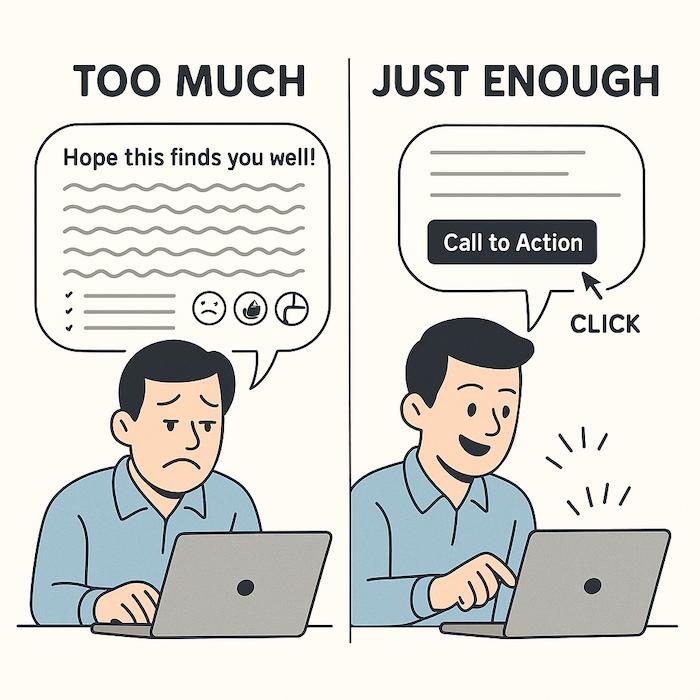
#3 Use Email Sequencer as Your Silent Workhorse
One of the most important tools for sending cold emails in 2025 is an effective subject line. Have a reliable email sequencer. It's like having a personal assistant who never sleeps. I understand that the days of setting and forgetting are long gone, but in this section, you can set it, forget about it, and concentrate on other tips in this article!
The real magic comes from how you use email sequencers. It's not important how flashy their dashboard is. What really matters is:
-
To be able to run A/B tests: Experiment with various subject lines, word choices, tones, and calls to action (CTAs) to determine which combination generates the most clicks.
-
Spin text smartly: Not every email should resemble a copy-paste job. Good sequencers adjust your message just enough to avoid spam filters and make it more humanized.
-
Drip out emails like a real person: A great tool won’t blast all your emails at once. It’ll send them out gradually, at different times, mimicking natural behavior and helping with deliverability.
#4 Choose the Right Delivery Setup
Let’s keep it simple: when it comes to cold email infrastructure, Google Workspace (yep, Business Gmail) still leads the pack. If deliverability is your top priority — and it should be — Gmail is the safest bet. Office365 is a decent runner-up, but it’s not as inbox-friendly out of the box.
Don’t overthink it. Just roll with Gmail and move on. Seriously, researching delivery systems can become a rabbit hole and for most people, it’s just not worth the time.
Instead of juggling a bunch of inboxes manually, let your email sequencer do the heavy lifting. Tools like Smartlead or Instantly can collect replies for you and route them to one place — your MasterInbox. Clean. Simple. Sanity-saving.
And if setting up a bunch of mailboxes sounds like a headache (or you’re scaling fast), we can help out just drop us a message and we’ll point you in the right direction.
Pro Tip: Dedicated IPs sound cool, right? Some providers offer them for cold outreach, but here’s the catch: without real engagement, they won’t help. What actually matters is reputation. And that comes from sending real, valuable emails, not just blasting templates.
Good infrastructure helps, but good content keeps you in the inbox.
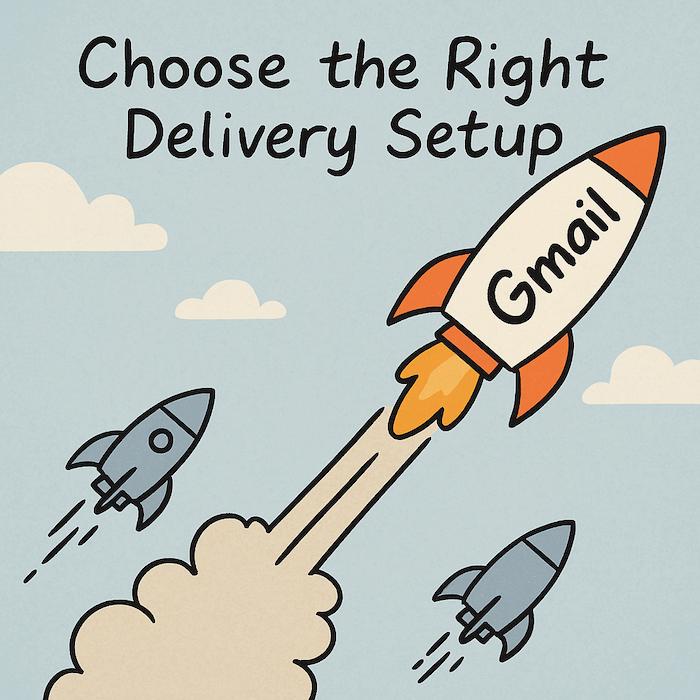
#5 Ask Smarter, Not Louder
If you’re still asking “Do you need help with X?” in your cold emails… it’s time for an upgrade.
Calibrated questions aren’t about fishing for a “yes” or “no.” They’re designed to open up real dialogue — the kind that gets your prospects thinking, talking, and, most importantly, replying. These questions help you dig deeper and show that you’re genuinely curious about what they’re dealing with, not just pushing a pitch.
They typically start with “what” or “how.”
-
“What’s the biggest challenge you’re facing right now?”
-
“How are you currently solving that?”
These questions shift the tone. Instead of interrogating, you’re collaborating.
There’s a place for “why” questions too, but use them sparingly. They’re best when you’re trying to get clarity on values or uncover what really matters like “Why did you choose that approach?” or “Why do you think this has been a sticking point?”
Adding calibrated questions to your cold emails doesn’t just make them more thoughtful it makes you more trustworthy. You’re not just looking for answers. You’re building a path toward a better conversation, and possibly, a better solution.
In 2025, this matters more than ever. People are overwhelmed with transactional emails. One smart, well-placed question can cut through the noise and spark a real connection one that leads to longer-lasting relationships and better business outcomes.
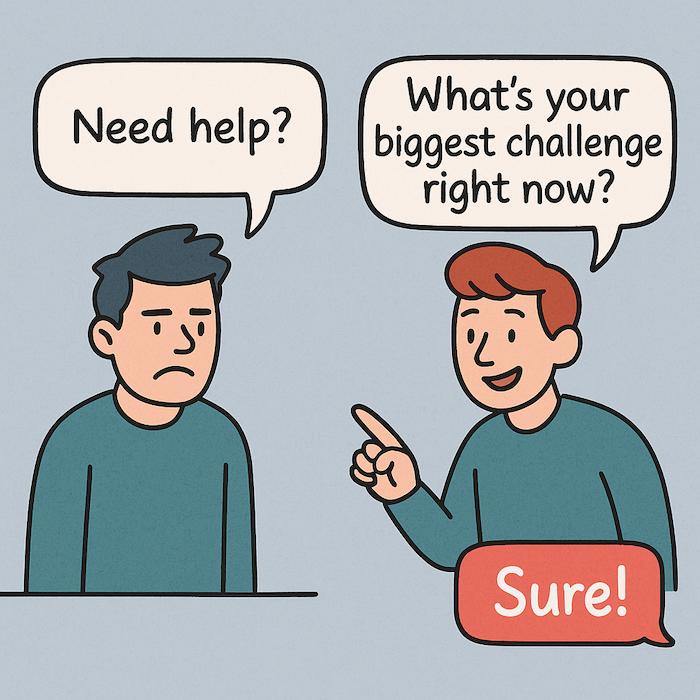
#6 AI Isn’t the Star — You Are
AI is changing the cold email game, no doubt. But let’s be real: it’s not here to replace the human touch, it’s here to enhance it.
Used right, AI is like having a superpower. It can scan a lead’s website, scrape relevant info, and suggest tailored angles in seconds. It helps you personalize at scale. But the danger? Letting it take over and turning your message into something that feels like a robot wrote it.
In 2025, people can tell. We’re all becoming more sensitive to tone, phrasing, and authenticity. If your email smells like automation; it gets ignored. Period.
That’s why AI should stay behind the scenes. Let it do the research, pull the data, find the talking points — then you step in. Add your tone, your style, your story. Make it sound like something you’d actually say in a real conversation.
Because even the smartest AI can’t fake genuine care. And that’s what separates a deleted message from a deal.
So, go ahead let AI help you write smarter emails. Just don’t let it steal the show. Your personality is still your best asset.
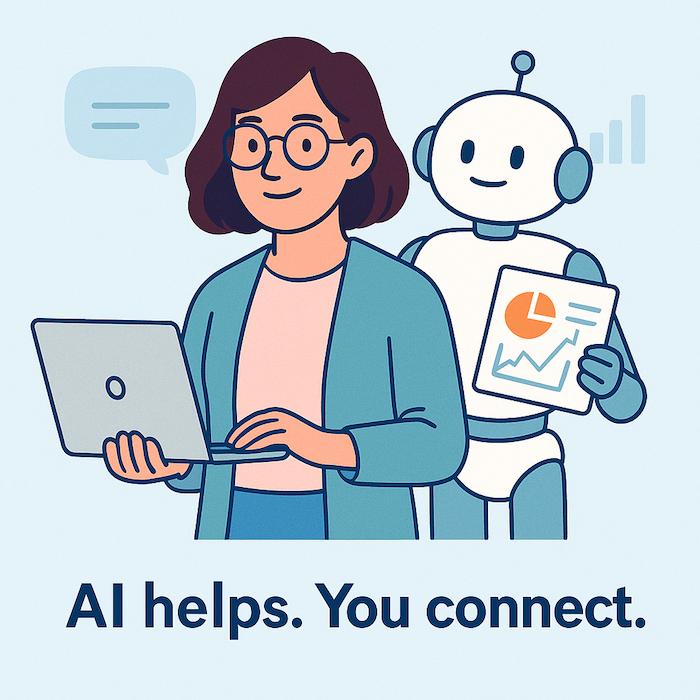
Final Thoughts: Cold Emailing in 2025 Comes Down to One Thing—Intent
If there’s one thing to take away from all of this, it’s that cold emailing isn’t about clever tricks or perfect tools. It’s about being intentional. Every message you send should feel like it was written by a person, for a person.
Yes, use the tools. Yes, lean on automation and AI when it helps. But don’t let them do the talking for you. What matters is the effort behind the message—the clarity, the curiosity, the relevance.
Most people are tired of noise. They ignore emails that look like they were blasted out to a list. But when something feels thoughtful, when it feels like someone actually took the time to ask a real question or offer real help, it stands out.
That’s how you win in 2025. Not by outsmarting the inbox, but by out-caring your competition.
If you’re ready to rethink your approach or want help making your emails actually work, we’re here for that. Just reach out.

